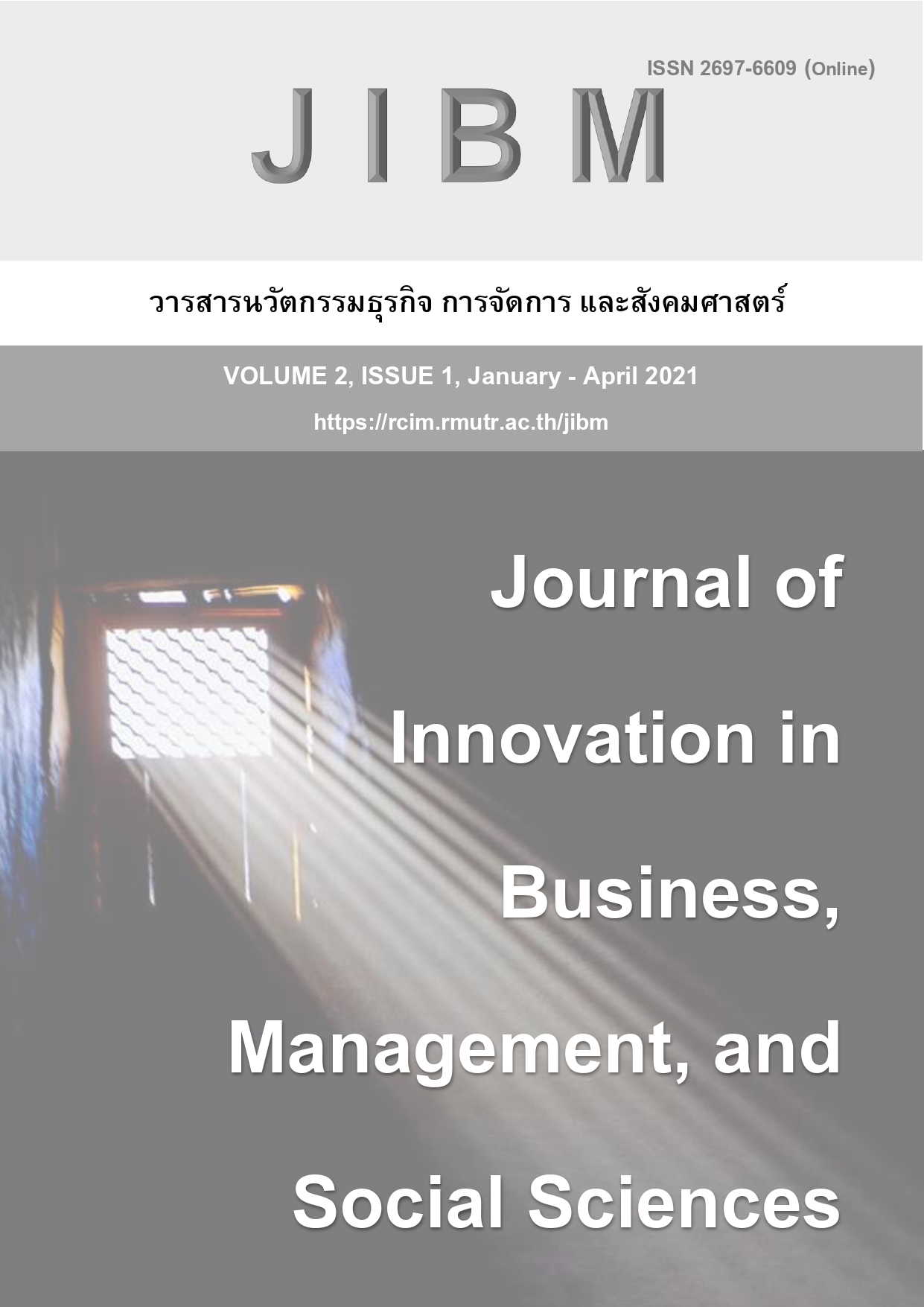THE DETERMINANTS OF STOCK AND BOND INDEX RETURN CO-MOVEMENTS: EVIDENCE FROM US, JAPAN AND THAILAND
คำสำคัญ:
Stock-bond comovement, Macroeconomic factors, DCC GARCH, ARDLบทคัดย่อ
This paper investigates whether there exist the co-movements between stock and bond index returns in US, Japan and Thailand, and explores the impact of monetary policy stance, inflation, state of the economy and global market uncertainty on the co-movement. Daily and monthly data during March 1999 to November 2018 are analyzed using Multivariate DCC GARCH models and Autoregressive Distributed Lag (ARDL) models. The study reveals that the stock and bond index co-movements are significant in the three countries. However, the directions of the co-movement are differences. While the high positive co-movement are detected in US and Japan, the small negative co-movement is shown in Thailand. Significant factors driving co-movement are different among countries. Based on flight-to-quality explanation, the result confirms that higher global market uncertainty and state of the economy lead to higher negative relationship in developed countries, like US and Japan. On the contrary, based on contagion phenomenon explanation, higher inflation in emerging market, like Thailand, leads to negative co-movement while higher global market uncertainty causes the positive co-movement between stock and bond index returns.
เอกสารอ้างอิง
2. Andersson, M., Krylova, E., & Vähämaa, S. (2008). Why does the correlation between stock and bond returns vary over time? Journal of Applied Financial Economics, 18, 139–151.
3. Baur, D. G., & Lucey, B. M. (2009). Flights and contagion – an empirical analysis of stock–bond correlations. Journal of Financial Stability, 5, 339–352.
4. Connolly, R., Stivers, C., & Sun, L. (2005). Stock market uncertainty and the stock–bond return relation. Journal of Financial and Quantitative Analysis, 40, 161–194.
5. Dimic, N., Kiviaho, J., Piljak, V., & Äijö, J. (2016). Impact of financial market uncertainty and macroeconomic factors on stock–bond correlation in emerging markets. Research in International Business and Finance, 36, 41–51.
6. Engle, R. (2002). Dynamic Conditional Correlation: A Simple Class of Multivariate Generalized Autoregressive Conditional Heteroskedasticity Models. Journal of Business & Economic Statistics, 20, 339-350
7. Fabozzi, F., 2012, Bond Markets, Analysis and Strategies. Upper Saddle River, NJ: Prentice Hall.
8. Johansson, A. (2010). Stock and bond relationship in Asia, Stockholm School of Economics Working Paper.
9. Klapper, L., Lusardi, A., & Oudheusden, P.V. (2015). Financial Literacy Around the World: Insight from the Standar & Poor’s Rating Services Global Financial Literacy Survey, S&P Global FinLit Survey, 1-28
10. Li, L. (2002). Macroeconomic Factors and the Correlation of Stock and Bond Returns, Yale University Working Paper.
11. Perron, P. (1989), The great crash, the oil price shock, and the unit root hypothesis,Econometrica, 57, 1361-1401.
12. Pesaran, M.H., & Pesaran, B., (1997). Microfit 4.0: Interactive Econometric Analysis. Oxford University Press (forthcoming).
13. Pesaran, M.H., & Shin, Y. (1995). Long-Run Structural Modelling, unpublished manuscript, University of Cambridge.
14. Pesaran, M.H., Shin, Y., & Smith, R.J. (1996). Testing for the Existence of a Long-Run Relationship. DAE Working Papers Amalgamated Series, No.9622, University of Cambridge
15. Saengchan, P. (2018). Co-movements in bonds, stocks and exchange rate: empirical findings and macro-financial linkages, Faculty of Economics, Thammasat University.
16. Yang, J., Zhou, Y., & Wang, Z. (2009). The stock–bond correlation and macroeconomic conditions: One and a half centuries of evidence, Journal of Banking & Finance, 33, 670–680.



